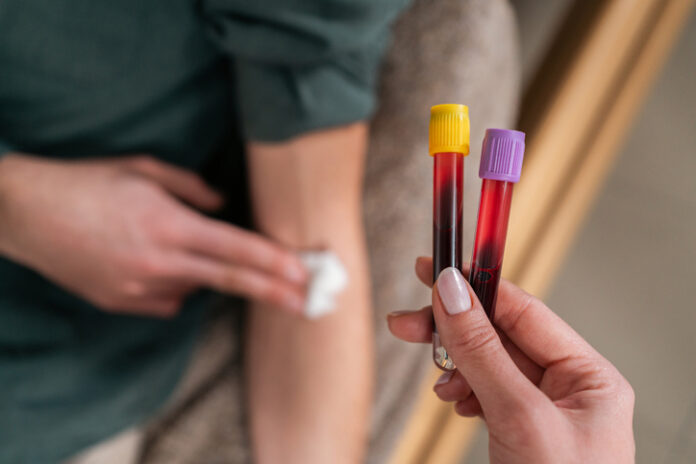
A team of researchers from MIT and the Broad Institute of MIT and Harvard have established a way to significantly boost the sensitivity of liquid biopsies by delaying the clearance of circulating tumor (ct)DNA from the blood.
They have developed two different types of injectable priming agents that transiently interfere with the body’s ability to remove ctDNA from the bloodstream. In a mouse study, the team showed these agents could boost DNA levels enough to increase the sensitivity for the detection of early-stage lung metastases from less than 10% to more than 75%.
“We’ve shown that it’s possible to attenuate the biology of tumor DNA clearance from the bloodstream, which ordinarily occurs rapidly, and which hinders the sensitivity of liquid biopsy tests,” says Viktor Adalsteinsson, director of the Gerstner Center for Cancer Diagnostics at the Broad Institute, who is one of the senior authors on the paper which appeared in the journal Science.
He tells Inside Precision Medicine: “By recovering more tumor DNA in a blood tube, our priming agents stand to boost the performance of liquid biopsy tests in many applications, such as therapy selection, minimal residual disease detection, early detection, and more.”
To date, efforts to improve the sensitivity for detecting ctDNA through liquid biopsy have mainly focused on the sequencing and analysis methods. Yet, the researchers point out that an intrinsic challenge of the test is the natural scarcity of ctDNA in vivo, which leaves little ctDNA to be collected and analyzed.
“Inspired by the widespread use of contrast agents that are given to patients to improve the sensitivity of imaging scans like CT and MRI, we thought maybe we could develop their analogues for liquid biopsies: agents given shortly before a blood draw to recover more tumor DNA from the body and make liquid biopsy tests more effective,” notes Adalsteinsson.
To do this, the researchers focused on interfering with two natural mechanisms that the body uses to clear ctDNA from the blood: Uptake by macrophages in the liver and degradation by DNA nucleases in the blood.
The team first investigated a nanoparticle priming strategy and identified a liposomal agent that attenuated ctDNA uptake by macrophages in vitro and transiently increased the recovery of ctDNA from blood in healthy mice. Synthetic nanoparticles are known to be targeted by macrophages, and in this case, the nanoparticles saturated the liver macrophages, leaving more ctDNA circulating in the blood.
“DNA is a biological nanoparticle, and it made sense that immune cells in the liver were probably taking this up just like they do synthetic nanoparticles. And if that were the case, which it turned out to be, then we could use a safe dummy nanoparticle to distract those immune cells and leave the circulating DNA alone so that it could be at a higher concentration,” said Sangeeta Bhatia, a member of MIT’s Koch Institute for Integrative Cancer Research and the Institute for Medical Engineering and Science.
In parallel, the team engineered a monoclonal antibody that binds to ctDNA and protects it from nuclease digestion.
The researchers say that when administered together, the two priming strategies increased the recovery of ctDNA by more than 10-fold, enabled more complete tumor molecular profiling, and increased the sensitivity for detection of small tumors.
The effect of the primers is transient with peak recovery of ctDNA occurring within 1 to 2 hours of administration and levels then returning to baseline within 5–24 hours. Furthermore, the primers should not interfere with the DNA sequencing technology used in the liquid biopsies because these tests already contain a treatment that digests away proteins, including antibodies, during the DNA extraction phase.
Shervin Tabrizi, an MIT and Broad Institute postdoc, one of the lead authors on the paper noted that although there have been no signs of toxicity so far, the side-effect profile for these new agents will be further tested in future work.
To do this, the researchers have started a company called Amplifyer Bio that plans to continue developing the technology in the hope of advancing it to clinical trials.
“We believe that priming agents could make liquid biopsy tests more effective for the many patients whose blood samples may otherwise contain little to no tumor DNA,” says Adalsteinsson.
Tabrizi adds: “This includes critical points in cancer care, such as when a decision needs to be made regarding adjuvant treatment after surgery or definitive radiation therapy, for diagnosis of early-stage or indeterminate lesions, and for early detection of recurrence after completing cancer treatment.”











